- Topics
-
Topics
See our analysis on civil society and how it shapes culture, politics, and policies
Read our insights on the shifting political landscape and what it means for Palestine
Learn more about the policies and practices shaping the Palestinian economy
Strengthen your understanding of the unique conditions for Palestinian refugees across the Middle East
-
- Analysis
-
Analysis
In-depth analysis on existing or potential policies that impact possibilities for Palestinian liberation.
Insights and perspectives on social, political, and economic questions related to Palestine and Palestinians globally.
Concise analysis into a specific policy, its background and implications.
Commentary that brings together insights from multiple analysts.
Compilations of past Al-Shabaka works surrounding a specific theme.
Longer-form, ad hoc projects that seek to confront research questions outside the scope of our regular analysis.
A policy-driven research initiative by Al-Shabaka: The Palestinian Policy Network.
Our monthly webinar series that brings together Palestinian experts.
Featured
While it remains unclear how and when Israel will respond to Iran’s operation, geopolitics have undoubtedly already shifted. In this roundtable, Al-Shabaka analysts Fadi Quran, Fathi Nimer, Tariq Kenney-Shawa, and Yara Hawari offer insights on the regional impact of Iran’s recent maneuver and situate the ongoing genocide in Gaza within this broader context.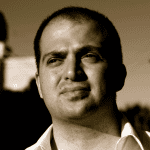

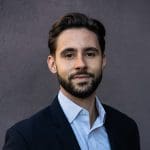
 +Mainstream media coverage of the genocide in Gaza throughout the West has highlighted not only deep biases in favor of the Israeli regime, but also the ease in which Palestinians are dehumanized. In this commentary, Yara Hawari details Israel’s strategy to strip Palestinians of their humanity in the public realm, as well as the role of Western media in advancing Israel’s aims. She reveals consistent patterns of journalistic malpractice since October 7, 2023, and concludes that the Western outlets are inescapably complicit in the Israeli regime’s genocide against the Palestinian people of Gaza.
+Mainstream media coverage of the genocide in Gaza throughout the West has highlighted not only deep biases in favor of the Israeli regime, but also the ease in which Palestinians are dehumanized. In this commentary, Yara Hawari details Israel’s strategy to strip Palestinians of their humanity in the public realm, as well as the role of Western media in advancing Israel’s aims. She reveals consistent patterns of journalistic malpractice since October 7, 2023, and concludes that the Western outlets are inescapably complicit in the Israeli regime’s genocide against the Palestinian people of Gaza. Yara Hawari· Apr 3, 2024Tariq Kenney-Shawa, Al-Shabaka’s US policy fellow, joins host Yara Hawari to discuss Israel’s information warfare tactics, used to influence public perception of its ongoing genocide in Gaza.
Yara Hawari· Apr 3, 2024Tariq Kenney-Shawa, Al-Shabaka’s US policy fellow, joins host Yara Hawari to discuss Israel’s information warfare tactics, used to influence public perception of its ongoing genocide in Gaza.
-
- Resources
- Media & Outreach
- The Network
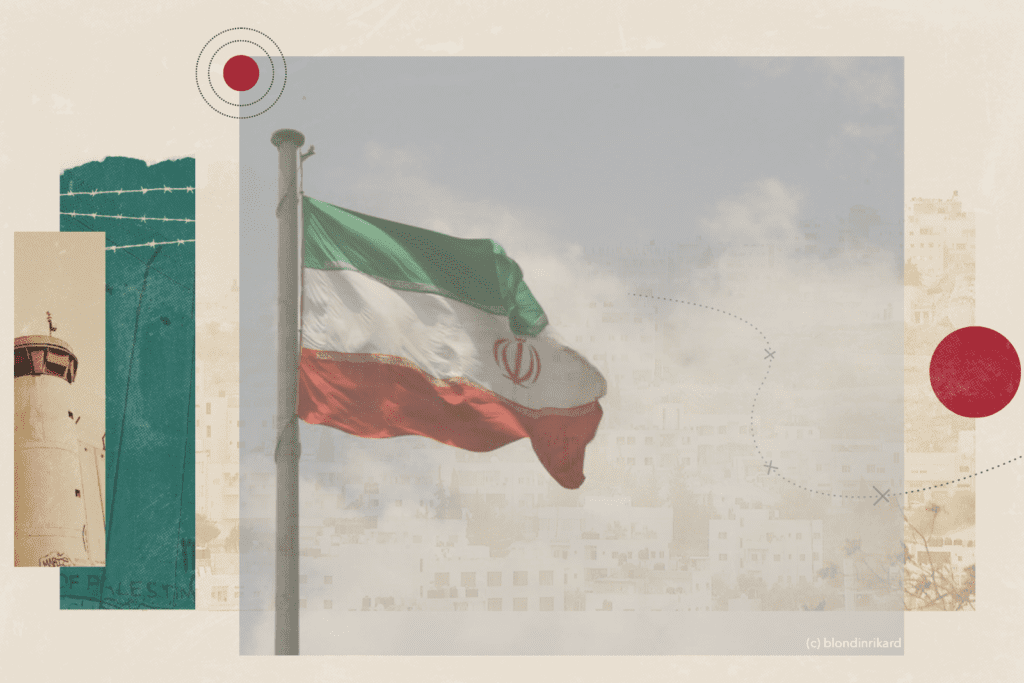

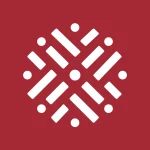
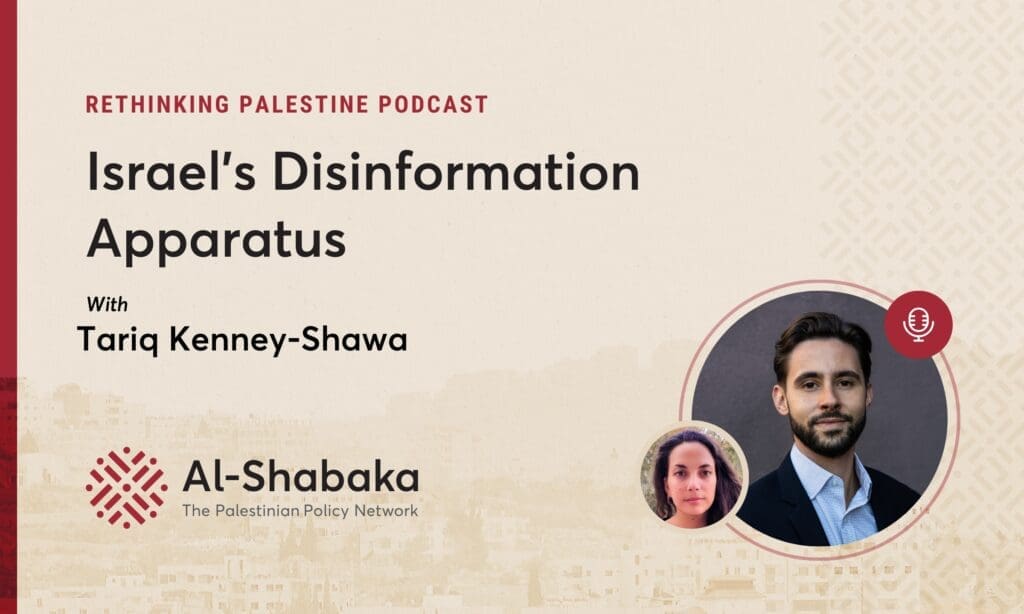

Palestinian Oral History as a Tool to Defend Against Displacement
Oral history has a long precedent in Arab and Palestinian culture that stems from a broader oral tradition.1 In the years immediately following the Nakba of 1948 the Arab tradition of the hakawati (storyteller) was used, according to Nur Masalha, to shore up a defense against erasure of culture and memory among Palestinians. Since then, oral history has served as a prominent counter narrative in the context of active settler colonialism throughout Palestine and colonialism’s afterlives in the Arab world. It is a primary method through which Palestinians engage collective events of trauma or mobilization.2
For Palestinians in the homeland as well as in exile, oral history production centers around a common experience of displacement. Around 67 percent of Palestinians are displaced: The most recent estimates put the global Palestinian refugee and internally displaced population at nearly 8 million. By locating the oral history process in the idea of a space such as a village ethnically cleansed during the Nakba, displaced communities forge a physical center even after depopulation.
Rosemary Sayigh, through her work in Lebanon’s refugee camps in the 1980s, was among the first to systematically document Palestinian oral history. In 1983, Birzeit University developed one of the first programs in the Arab world to teach oral history. The Islamic University of Gaza founded its Oral History Center in 1998 to collect oral histories from the Nakba and the 1967 Naksa.3
While a more formal production of Palestinian oral history production thus began decades ago, it is currently experiencing a surge. Historian Beshara Doumani dubbed this wider phenomenon of preservation a “Palestinian archive fever.” In April 2016 the National Endowment for the Humanities awarded a $260,000 grant to the Palestinian Oral History Archive housed at the American University of Beirut, where a team is digitizing and coding 1,000 hours of interviews with refugees from 135 Palestinian villages who fled during the Nakba.
Other recent productions include journal articles as well as themes for magazine and journal issues, conferences and community workshops, audio interviews, and the Nakba Museum project in Washington, DC. The new Palestinian Museum located on the campus of Birzeit University, inaugurated in May 2016, may also come to serve as a prime oral history institution. In addition, Sayigh continues her engagement through such projects as history books for Palestinian children in refugee camps that use oral history – told by the children themselves – as content.
Since its origins, Palestinian oral history production has been concerned with recording the testimonies of the aging Nakba generation, but also with creating a platform for displaced communities and their ownership over knowledge. In the context of Palestinian statelessness, Zionist Israeli state archives extend settler colonialism into the spaces of knowledge preservation and production where Palestinian narratives are erased or exploited.
Three decades after concerted Palestinian oral history efforts began, oral history projects now traverse four or more generations of displaced Palestinians. Because of its emphasis on social history and marginalized perspectives, oral history work has the potential to create a space for diverse multi-generational experiences. This can be leveraged as a counter-archive to ongoing settler colonial erasure.
Palestinian Oral History as Activism
The field of oral history production has already seen enormous contributions from Palestinians worldwide, giving its practitioners opportunities for advancing a community approach designed to combat ongoing displacements in Palestine. However, while Palestinian oral history production is vast, few initiatives have been explicit about oral history’s relationship to activism, save for one: Palestine Remembered.
Palestine Remembered, a digital project founded by Salah Mansour, demonstrates a recent multimedia approach to the use of Palestinian oral history for activism. The al-Nakba’s Oral History Project, launched as a subsection of Palestine Remembered in 2003, now contains more than 600 interviews with Nakba survivors or descendants of survivors. The interviews are drawn explicitly into the realm of activism and advocacy through a section titled “The Conflict 101.” The section situates dispossession as central to the narrative, and the oral history portal is contingent on the direct participation of displaced communities. Interviews are coupled with maps and photographs that advance a counter narrative to Zionism, with the interviews providing content to bolster a counter-cartography. The platform as a whole curates oral history, cartography, photography, and other content around a narrative of resistance.
While recording stories of Palestinian elders who witnessed the Nakba is more urgent than ever, oral history also has the potential to amplify community struggles to defend against current displacements by documenting protests, legal battles, and cultural expression. This provides a space for a counter narrative that is particularly useful to Palestinian communities living under Israeli rule, whether in the Occupied Palestinian Territory or in Israel, or for Palestinians marginalized by other governments.4
A networked and activist oral history practice can prioritize community building and autonomy from structures of Israeli state domination while strengthening Palestinian ties across fragmented Palestine and the diaspora. This is particularly crucial at this juncture, as the Israel State Archive has announced changes that will result in restricted access to documents, including those regarding confiscated Palestinian property that could shed light on Israeli land seizures.
The growth of worldwide Palestinian oral history production initiatives comprises the basis for a network in which campaigns could be amplified. Palestine Remembered and the Beirut-based Palestinian Oral History Archive are two of the main recent actors establishing this groundwork through documentation and digitization. Together and with others they can share common methods and resources and mobilize oral history in creative and powerful ways. One potential avenue for such networked activism is to support specific communities that are defending themselves against displacement.
Legal Roadblocks and Local Avenues for Success
Two communities in urgent need of oral history as an activist practice are the neighboring villages of Attir and Umm al-Hiran in the northern Naqab. These villages immediately south of the Green Line of the West Bank are home to around 1,000 residents and are under immediate threat of expulsion, much like the nearby South Hebron Hills villages including Susiya. A recent Israeli High Court ruling has slated Attir and Umm al-Hiran for demolition and replacement with a Jewish-only town and a Jewish National Fund forest.
Residents and allies are organizing a defense, but appealing such cases within the Israeli court system is fraught with obstacles. Israeli courts are known to deny oral testimonies as proof of Palestinian land claims.
For example, in 2015, the Israeli High Court rejected the oral testimonies to residence and ownership of the Al Uqbi family of the unrecognized Al Araqib village in the Naqab. The court does not include in its definition of ownership the Palestinian Bedouin legal culture of oral contracts, a system that long preceded the Israeli state. The court ruling was significant in that it legitimized state expropriation of indigenous land, a law-based method that furthers settler colonialism and is also seen in Australia, North America, and South Africa.
While the Israeli government and courts reject claims by Palestinian citizens of Israel and non-citizens alike, the value of oral history work is in producing narratives unconstrained by the contortions needed to survive the ethnic-based exclusionary logic of the Israeli legal system. Essentially, the practice generates an alternative history that stands in contrast to lawmaking and other modes of officialdom.
By extending backward, narratives autonomous from the state’s discourse show how precarious and temporary Israeli laws or previous regimes of rule (British and Ottoman) can be while reinforcing community identity. Working outside of and in opposition to the legal discourse highlights the law’s limitations and affirms indigeneity in the face of settler colonial law. It therefore also extends forward, creating alternative narratives and opens the space for planning how to implement the right of return. This can be seen in designs of digital villages based on the memories of pre-Nakba generations. Oral history opens spaces of possibility by mobilizing multi-generational stories of rootedness.5
In a context in which the legal system is designed to reject Palestinian existence, to be successful advocacy work must foster an approach that can function independently of state institutions.6 Advocacy and activism can be designed to bolster the vibrancy of communities by addressing localized needs.
An activist use of oral history production frames community building as a form of self defense by filling needs for localized knowledge and literature. Whether in the Naqab or across Palestine, other essential projects include documenting village histories, establishing networks for public action and protest, and strengthening informal organizations to promote civil society.
Attir and Umm al-Hiran are particularly important sites for activism because, despite notable exceptions, Palestinian communities of the Naqab do not receive equivalent attention, support, or resources as do those of the West Bank or the Galilee. The result is that Palestinians and those concerned with the plight of Palestinians are largely unaware of and misunderstand the conditions for the community in the Naqab who face severe attempts at displacement. For this reason and others, Attir and Umm al-Hiran are prime candidates for activist intervention in the form of oral history, including, for example, the production of a variety of advocacy materials for a community at risk of its second displacement since 1948.
Orienting Oral History Towards Justice
While the act of recording personal experiences – particularly those that challenge dominant narratives and structures – is activist in nature, oral history is well-suited for more organized and systematic activism, advocacy, and community mobilization. Especially in the face of ongoing displacements and a denied right of return, a collective body of Palestinian oral history production can be leveraged by activists to advocate for land and other claims and to defend communities against displacement.
There is a pressing need for reorienting an understanding of advocacy and activism toward community building on the local and collective levels. Rights appeals to international actors – the dominant mode of Palestinian advocacy today – can and should derive from a prioritization of local audiences and needs. Oral history production necessarily anchors activist and advocacy efforts in communities’ own narratives.
In addition to prioritizing local audiences and needs and leveraging a widespread oral history network, oral history activists could also draw from and contribute to comparative initiatives:
Digitization makes a comparative and better networked Palestinian oral history possible. Along with dozens of well-established oral history initiatives, such as Birzeit University’s online catalog of historical resources including oral history interviews, there are many small-scale family or community-based oral history practices that often go no further than the homes of those who recorded them. The groundwork for leveraging a widespread oral history network is primed for a step forward. Both established Palestinian oral history work and upcoming work, such as that of the Palestinian Oral History Archive in Lebanon, can be oriented toward justice and social change.
Thayer Hastings
Latest Analysis
Palestinian Perspectives on Escalating Iran-Israel Relations
The Gaza Genocide in Western Media: Culprits of Complicity
Israel’s Disinformation Apparatus: A Key Weapon in its Arsenal
We’re building a network for liberation.
As the only global Palestinian think tank, we’re working hard to respond to rapid developments affecting Palestinians, while remaining committed to shedding light on issues that may otherwise be overlooked.